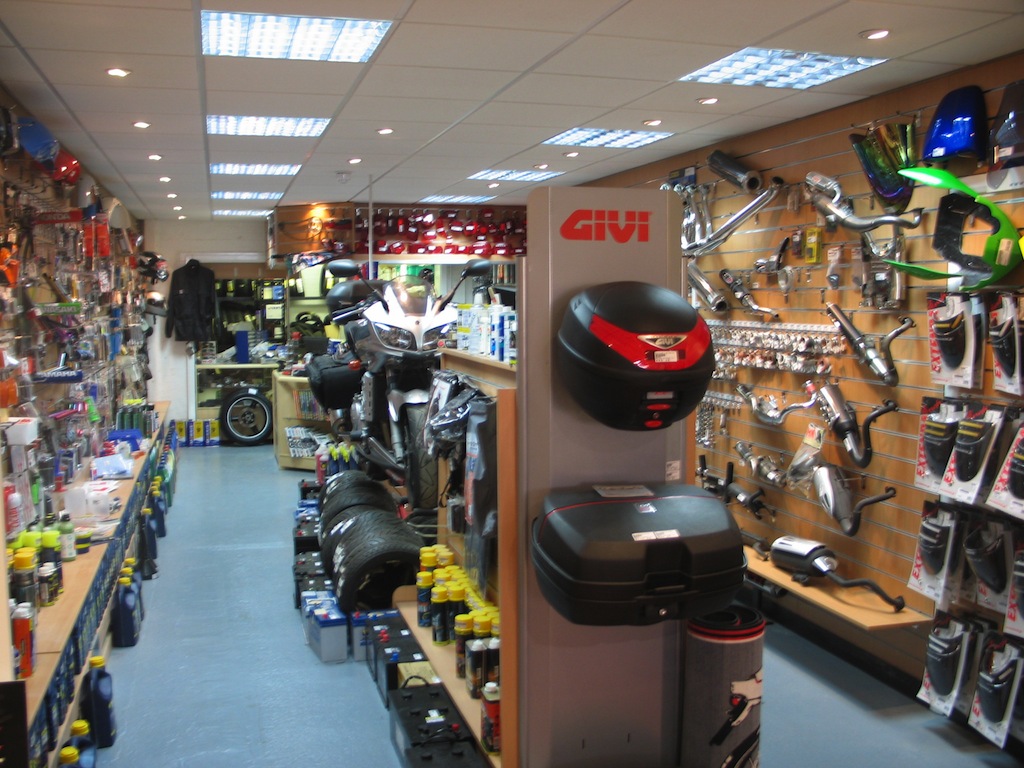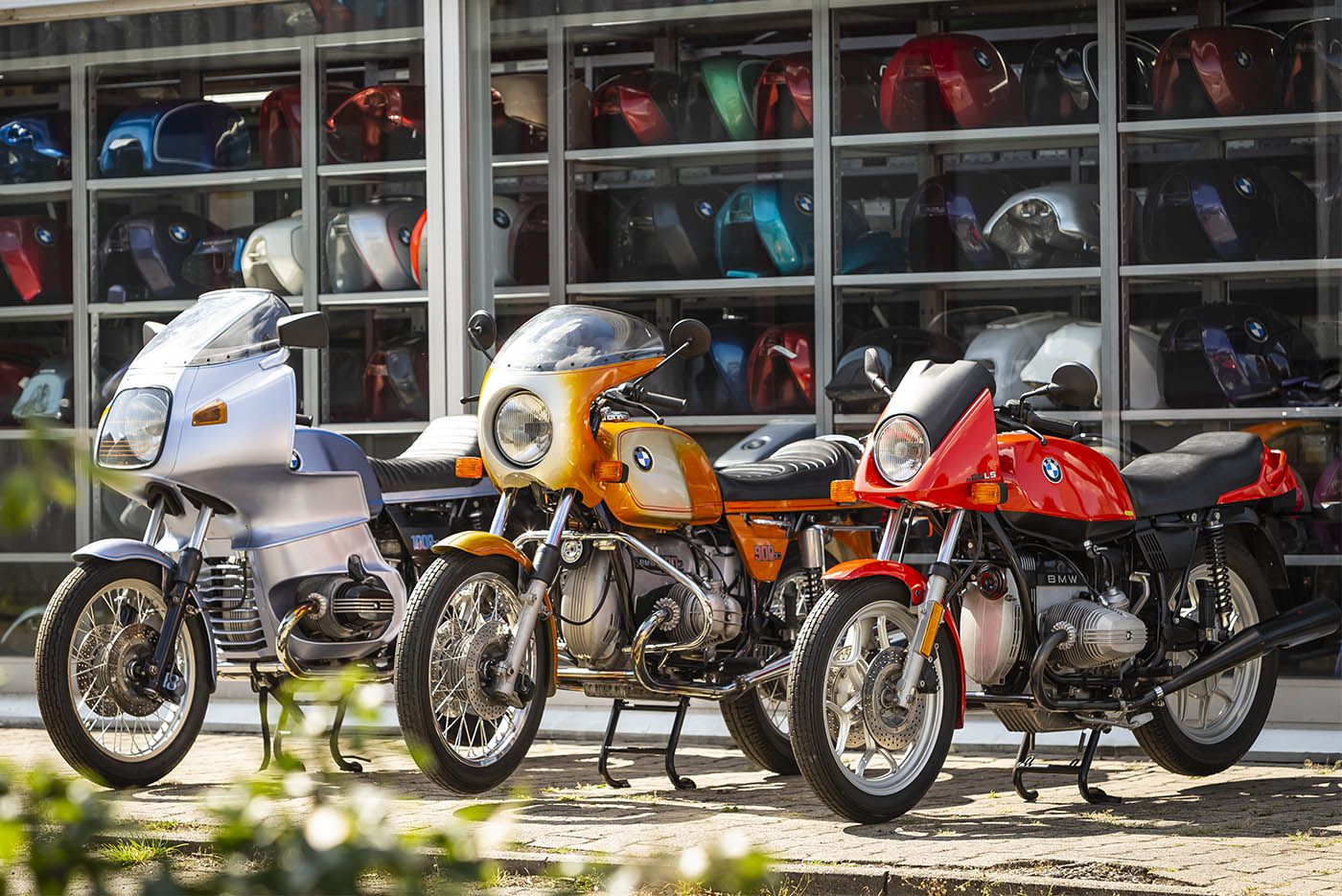Recognizing the Important Parts of a Motorbike: A Comprehensive Guide for Fanatics
For bike lovers looking to boost their riding experience and ensure their bikes run smoothly, understanding the essential components of a motorbike is paramount. Each component, from the engine's detailed operations to the essential role of the braking devices, not just influences efficiency but likewise security and comfort.
Engine Elements

The camshaft plays an important role in managing the timing of the engine's shutoffs, making certain the specific opening and closing essential for reliable gas and air intake, in addition to exhaust expulsion. This timing is crucial to keeping optimal engine efficiency and efficiency. In addition, the carburetor or gas injection system, depending upon the bike model, is accountable for mixing air with gas in the appropriate proportion for combustion.
The air conditioning system, either air or liquid-based, functions to maintain the engine's temperature level within functional limitations, avoiding overheating and making certain long life - motorcycle parts nz. Each element, diligently designed and incorporated, contributes to the seamless operation of the engine, specifying the motorbike's power output and total efficiency
Transmission System
Important to the bike's capability, the transmission system ensures effective power transfer from the engine to the wheels. This system makes up several important components, including the clutch, gearbox, and last drive, each playing an important role in converting the engine's power right into activity. The clutch, commonly run by a hand lever, serves to disengage the engine and involve from the transmission, allowing for smooth gear adjustments and controlled acceleration.
The transmission, commonly described as the transmission proper, consists of a collection of gears that motorcyclists can manually shift via to change the bike's rate and torque result. These gears are organized in a series that makes it possible for the motorcycle to speed up efficiently and keep ideal engine efficiency across various rates. The majority of motorbikes use a consecutive gearbox, calling for the biker to move equipments in a fixed order.
Braking Mechanisms
While recognizing the transmission system is key to utilizing a motorcycle's power, equally vital is the capability to manage and stop that power successfully, which is where braking mechanisms enter into play. Brakes are important for security and performance, giving the motorcyclist with the essential control to browse numerous surfaces and conditions. Typically, bikes include 2 kinds of braking systems: disc brakes and drum brakes.
Disc brakes are a lot more widespread in modern-day bikes because of their superior performance. They contain a brake disc, caliper, and pads. When activated, the caliper squeezes the brake pads against the spinning disc, converting kinetic energy into warm, thereby slowing the wheel. This system uses far better warmth dissipation, regular performance, and boosted quiting power, specifically in wet conditions.
Conversely, drum brakes, though less usual, are still located in some motorcycles. They work by pressing brake shoes against the internal surface of a drum connected to the wheel. While generally much less effective in warm dissipation and stopping power, drum brakes are simpler and more affordable.
Understanding these braking systems' nuances permits riders to keep their motorbikes appropriately and appreciate the design that guarantees safe and reliable quiting.
Suspension and Steering
Suspension and steering systems are essential parts that significantly influence a motorbike's handling and adventure comfort. The suspension system, including forks at the front and shock absorbers at the rear, absorbs road irregularities, boosting security and control. Front forks, inverted or normally telescopic, pop over to this site compress and rebound to alleviate influences, while back shock absorbers maintain tire contact with the road, critical for traction and security.
Guiding, centered around the handlebars, connects the rider to the motorcycle's directional control. The steering head bearings make certain smooth procedure, enabling accurate ability to move. Appropriate placement and upkeep of these bearings are vital for predictable steering response and minimizing biker fatigue.
The suspension's adjustability is an additional crucial aspect; preload, damping, and rebound settings permit personalization to match different riding designs and problems. This flexibility is vital for maximizing performance, whether browsing urban streets or taking on tough trails. Innovations like electronic suspension systems provide real-time adjustments, boosting ride quality throughout varied surfaces.

Electric Equipments
After making sure a controlled and smooth trip through effective suspension and guiding systems, attention transforms to the electric systems, an essential aspect of modern motorcycles. These systems play a vital duty not just in beginning the engine but additionally in powering various parts that boost the performance and safety and security of the bike.
At the heart of a bike's electric system is the battery, which shops electric energy necessary for beginning the engine and powering supporting systems - mx gear nz. The generator or generator, coupled with the rectifier-regulator, guarantees the battery remains charged while the motorcycle is in procedure, converting power into electrical power and keeping voltage degrees
The ignition system, an additional important part, is accountable for firing up the air-fuel blend in the engine's cylinders. Modern motorbikes frequently use an electronic ignition system, offering greater performance and integrity contrasted to traditional systems.
Lighting systems, consisting of headlights, tail lights, and signs, are likewise crucial, making certain presence and safety for the rider. Extra digital parts such as sensing units, control systems, and presents contribute to advanced features like fuel injection management, anti-lock braking systems (ABDOMINAL MUSCLE), and digital dashboards, better boosting the riding experience.
Final Thought
An extensive understanding of a motorbike's essential parts, consisting of deerskin motorcycle gloves the engine, transmission system, braking systems, suspension, steering, and electric systems, is indispensable for lovers intending to maximize security, comfort, and performance. Mastery of these components allows for informed decisions relating to maintenance and upgrades, eventually enhancing the riding experience. By incorporating this expertise, bikers can guarantee their motorcycles operate at peak effectiveness and integrity, thus making the most of both pleasure and durability of their cars.
For bike fanatics looking to raise their riding experience and ensure their bikes run efficiently, recognizing the vital parts of a bike is critical.Integral to the motorbike's functionality, the transmission system ensures efficient power dot approved half helmets transfer from the engine to the wheels.While understanding the transmission system is crucial to taking advantage of a bike's power, similarly essential is the capacity to manage and stop that power efficiently, which is where braking systems come into play. Generally, motorcycles include two types of braking systems: disc brakes and drum brakes.
A complete understanding of a motorcycle's necessary parts, including the engine, transmission system, stopping devices, suspension, guiding, and electric systems, is indispensable for fanatics intending to maximize performance, security, and convenience.